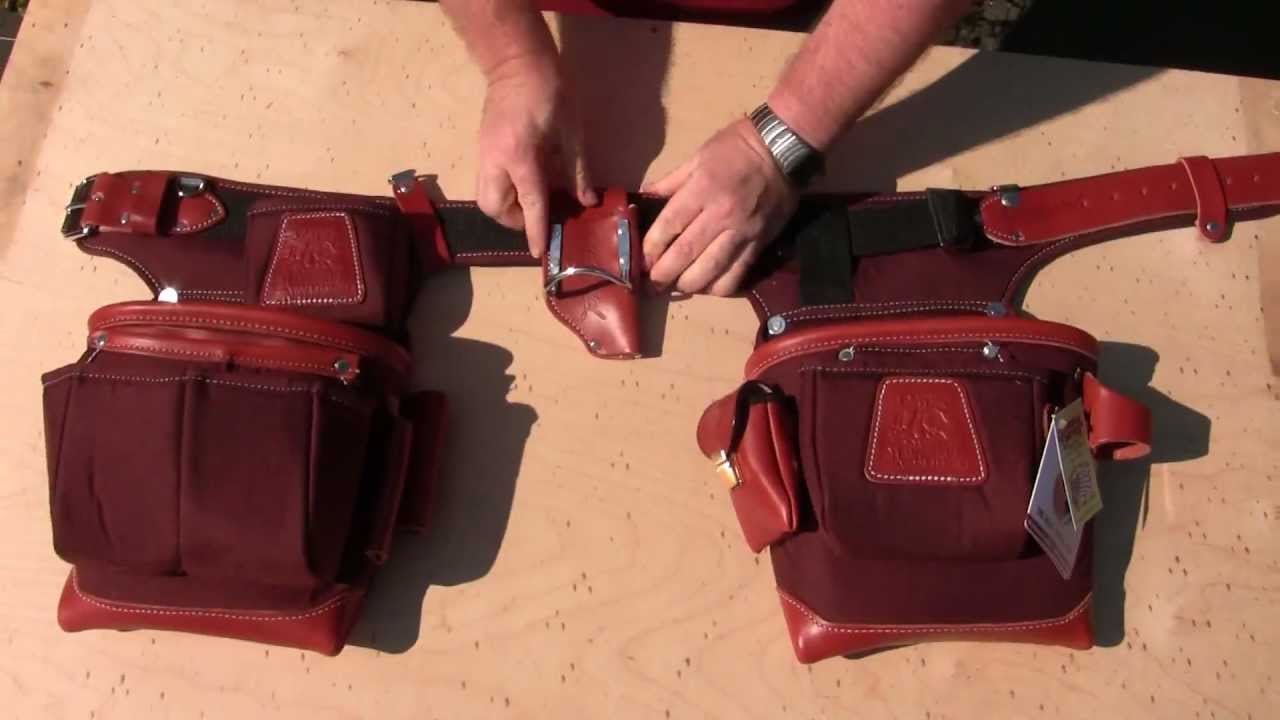

Articles
How To Adjust The Fit Of My New Tool Belt
Modified: January 20, 2024
Learn how to adjust the fit of your new tool belt with our informative articles. Discover tips and techniques for achieving the perfect fit for ultimate comfort and functionality.
(Many of the links in this article redirect to a specific reviewed product. Your purchase of these products through affiliate links helps to generate commission for Storables.com, at no extra cost. Learn more)
Introduction
Having a properly fitted tool belt is essential for any handyman or construction worker. Not only does it provide a convenient way to carry your tools, but it also helps to prevent strain and discomfort during long hours on the job. Whether you’ve recently purchased a new tool belt or are looking to improve the fit of your current one, this article will guide you through the process of adjusting it to ensure a comfortable and secure fit.
When it comes to a tool belt, one size does not fit all. Each person’s body shape and size are unique, and it is important to customize the fit of your tool belt to suit your individual needs. A properly fitting tool belt will distribute the weight of your tools evenly, reducing strain on your back and hips, and allowing you to move freely and comfortably.
In this article, we will explore various methods of adjusting your tool belt to achieve the perfect fit. We will discuss measuring your waist size to ensure a proper fit, adjusting the waist strap, fine-tuning the leg straps, balancing the weight of your tools, and additional steps you can take to maximize comfort.
By following these simple steps, you’ll be able to optimize the fit of your tool belt and focus on the task at hand without any unnecessary distractions or discomfort.
Key Takeaways:
- Achieving a proper fit for your tool belt is crucial for safety, comfort, and efficiency. By measuring your waist, adjusting the straps, and balancing tool weight, you can work comfortably and professionally.
- Regularly reassess and fine-tune the fit of your tool belt to maximize comfort and productivity. Consider padding, breathable materials, and maintenance to ensure a personalized and comfortable experience.
Read more: What Size Tool Box Fits My Truck
Understanding the Importance of a Proper Fit
A proper fit for your tool belt is crucial for several reasons. First and foremost, it ensures your safety while working. A loose-fitting tool belt can shift around and potentially cause accidents or injury. On the other hand, a tool belt that is too tight can restrict your movement and make it difficult to access your tools efficiently.
Another important reason to have a properly fitted tool belt is for comfort. The last thing you want is to experience discomfort or pain while working. A well-fitting tool belt will distribute the weight of your tools evenly across your body, alleviating strain on your back and hips. This can prevent fatigue and increase your overall productivity.
Furthermore, a properly fitted tool belt allows you to work more efficiently. When your tools are within easy reach and properly organized, you can complete tasks quickly and smoothly. This helps to streamline your workflow and enables you to focus on the job at hand without the distraction of a poorly fitting tool belt.
Lastly, a well-fitted tool belt gives a professional impression. Whether you’re working on a construction site or in a client’s home, a properly fitted tool belt shows that you take your work seriously and are committed to quality. It demonstrates professionalism and attention to detail, which can enhance your reputation as a skilled tradesperson.
Overall, the importance of a proper fit cannot be overstated. It ensures your safety, enhances your comfort, improves your efficiency, and projects a professional image. Now that we understand why a proper fit is essential, let’s move on to the practical steps of measuring and adjusting your tool belt.
Measuring Your Waist Size
The first step in achieving a proper fit for your tool belt is to accurately measure your waist size. This measurement will serve as a reference point for adjusting the waist strap and ensuring a comfortable fit.
To measure your waist size, follow these simple steps:
- Using a measuring tape, wrap it around your natural waistline, which is the area above your hips and below your ribcage.
- Make sure the measuring tape is snug but not too tight. It should fit comfortably around your waist, allowing for a natural range of movement.
- Take note of the measurement in inches or centimeters.
Remember, the waist strap of your tool belt should be adjusted to allow for a snug fit without being too tight. This will ensure that the tool belt stays in place while you work, preventing it from sliding or shifting around.
By accurately measuring your waist size, you will have a precise reference point for adjusting the waist strap to achieve a customized and comfortable fit.
Adjusting the Waist Strap
Once you have measured your waist size, you can proceed to adjust the waist strap of your tool belt for a snug and secure fit. Here’s how you can do it:
- Locate the waist strap adjustment buckle on your tool belt. This is typically located at the front or side of the belt.
- Slip the tool belt around your waist, ensuring that the buckle is positioned at the front.
- Adjust the strap by pulling it through the buckle, tightening or loosening it as needed. Be sure to leave enough room for comfort and mobility. The tool belt should sit snugly around your waist without cutting into your skin or feeling too loose.
- Once you have found the ideal adjustment, secure the strap in place by snapping or securing the buckle.
It’s important to note that the waist strap should be tight enough to keep the tool belt in place but still allow for easy movement and breathing. Avoid over-tightening the strap, as this can cause discomfort and restrict your range of motion.
Additionally, consider the clothing you’ll be wearing under the tool belt. If you typically work in thick layers or bulky clothing, you may need to adjust the waist strap accordingly to accommodate the added bulk. Similarly, if you often work in warmer conditions or wear lighter clothing, you may need to tighten the waist strap slightly for a more secure fit.
Remember to periodically check the tightness of the waist strap throughout the day, as it may loosen with movement or prolonged use. You can make minor adjustments as needed to maintain a comfortable and secure fit.
By properly adjusting the waist strap of your tool belt, you’ll ensure that it stays securely in place while providing the comfort and freedom of movement necessary for a productive day on the job.
When adjusting the fit of your new tool belt, make sure the belt sits comfortably on your hips and the pockets are easily accessible. Adjust the straps to ensure a snug fit without being too tight.
Adjusting the Leg Straps
In addition to adjusting the waist strap, properly adjusting the leg straps of your tool belt is crucial for achieving a comfortable fit and preventing the tool belt from sagging or pulling down on your waist. Follow these steps to adjust the leg straps:
- Start by securing the tool belt around your waist with the waist strap adjusted to your desired fit.
- Locate the leg strap adjustment points on the sides of the tool belt. These are typically equipped with buckles or fasteners.
- Firmly pull up on the leg straps to remove any slack that may be present.
- Adjust the leg straps to a comfortable tightness, ensuring that they do not dig into your legs or restrict blood circulation.
- Once you have found the ideal adjustment, ensure that both leg straps are adjusted to the same length for consistent support and balance.
- Secure the leg straps in place by fastening the buckles or clasps.
It’s important to note that the leg straps should be snug enough to hold the tool belt in place without slipping or causing discomfort. However, they should not be excessively tight, as this can restrict movement and cause unnecessary strain.
When adjusting the leg straps, consider the length of your legs and the placement of the tool pouches or pockets on the belt. Adjusting the leg straps too high or low can affect the balance and accessibility of your tools. Aim for a position that allows easy access to your tools while maintaining a comfortable and secure fit.
Remember to periodically check the tightness of the leg straps during your workday. As with the waist strap, they may loosen slightly with movement, and you may need to make minor adjustments to maintain an optimal fit.
By properly adjusting the leg straps of your tool belt, you’ll ensure that it stays in place and evenly distributes the weight of your tools, providing comfort and stability throughout your workday.
Balancing the Weight of Your Tools
Properly balancing the weight of your tools on your tool belt is crucial for maintaining comfort and preventing strain during long hours of work. Here are some tips to help you achieve a well-balanced tool belt:
- Distribute the weight evenly: When arranging your tools on your tool belt, aim to distribute the weight evenly across your hips and waist. Avoid loading one side of the belt with significantly more weight than the other, as this can cause it to tilt to one side and create an imbalance.
- Organize tools by frequency of use: Place the tools you use most frequently in easily accessible pouches or pockets on the front of your tool belt. This will prevent you from having to reach around or strain to access them. Tools that you rarely use can be placed in less accessible areas without affecting the balance of the belt.
- Consider the weight of the tools: Some tools may be heavier than others, so be mindful of their placement on your tool belt. If you have multiple heavy tools, distribute them evenly on both sides of the belt to maintain balance. This will help prevent one side from sagging or pulling down on your waist.
- Utilize suspenders or a back support strap: If you find that your tool belt is still causing strain on your back or hips, consider using suspenders or a back support strap. These accessories can help distribute the weight more evenly and provide additional support, reducing the strain on your body.
- Regularly reassess and readjust: As you work and gain experience, you may find that the optimal placement of your tools changes. Periodically reassess the weight distribution and make any necessary adjustments to ensure a balanced and comfortable fit.
By consciously balancing the weight of your tools on your tool belt, you’ll be able to work more comfortably and efficiently, minimizing strain and fatigue throughout your workday.
Fine-Tuning the Fit for Maximum Comfort
While adjusting the waist and leg straps is essential for achieving a proper fit, there are additional steps you can take to fine-tune the fit of your tool belt for maximum comfort. Consider the following tips:
- Padding: If your tool belt lacks sufficient padding, consider adding extra padding to the inside of the belt or investing in a belt with built-in padding. This can help cushion your waist and hips, reducing discomfort caused by prolonged wear.
- Flexible belt: Look for a tool belt that offers some level of flexibility. A belt with a bit of elasticity or adjustable features can accommodate your movements and prevent the belt from feeling too rigid or restrictive.
- Proper positioning: Ensure that your tool belt sits at the right height on your waist. It should be positioned comfortably on your hips, allowing for easy access to your tools without hindering your range of motion.
- Breathable materials: Consider the materials used in your tool belt. Opt for breathable fabrics that allow air circulation to prevent excessive sweating and discomfort, especially during hot and humid working conditions.
- Regular maintenance: Take care of your tool belt by regularly cleaning and maintaining it. This includes removing any debris, checking for worn-out or damaged parts, and ensuring that all fasteners and buckles are secure. A well-maintained tool belt will provide better comfort and longevity.
- Constant assessment: Throughout your workday, periodically assess the fit of your tool belt. Check for any areas of discomfort or tightness and make any necessary adjustments as needed. This will help prevent potential issues from escalating and ensure continuous comfort.
Remember that everyone’s comfort preferences are different. Experiment with different adjustments, padding options, and accessories to find what works best for you. Regularly fine-tuning the fit of your tool belt will help you maintain maximum comfort and productivity during long hours of work.
Conclusion
A properly fitted tool belt is essential for any handyman or construction worker. It not only ensures your safety and comfort but also improves your efficiency and professionalism. By following the steps outlined in this article, you can adjust your tool belt to achieve the perfect fit.
Start by measuring your waist size to serve as a reference point for adjusting the waist strap. Then, adjust the strap to ensure a snug yet comfortable fit, allowing for easy movement and breathing. Additionally, fine-tune the fit by adjusting the leg straps and balancing the weight of your tools to prevent strain and maintain balance.
Remember to regularly reassess and readjust your tool belt for maximum comfort. Consider adding padding, utilizing suspenders or a back support strap, and opting for breathable materials to enhance your experience. Additionally, maintain your tool belt by cleaning and inspecting it regularly.
By investing time in achieving a proper fit for your tool belt, you’ll be able to work more comfortably, efficiently, and safely. You’ll experience reduced strain and fatigue, allowing you to focus on the task at hand and deliver high-quality results.
So, don’t underestimate the importance of a well-fitted tool belt. Take the necessary steps to adjust and fine-tune it to your unique needs and preferences. Your body will thank you for it, and you’ll be able to tackle your work with confidence and ease.
Frequently Asked Questions about How To Adjust The Fit Of My New Tool Belt
Was this page helpful?
At Storables.com, we guarantee accurate and reliable information. Our content, validated by Expert Board Contributors, is crafted following stringent Editorial Policies. We're committed to providing you with well-researched, expert-backed insights for all your informational needs.
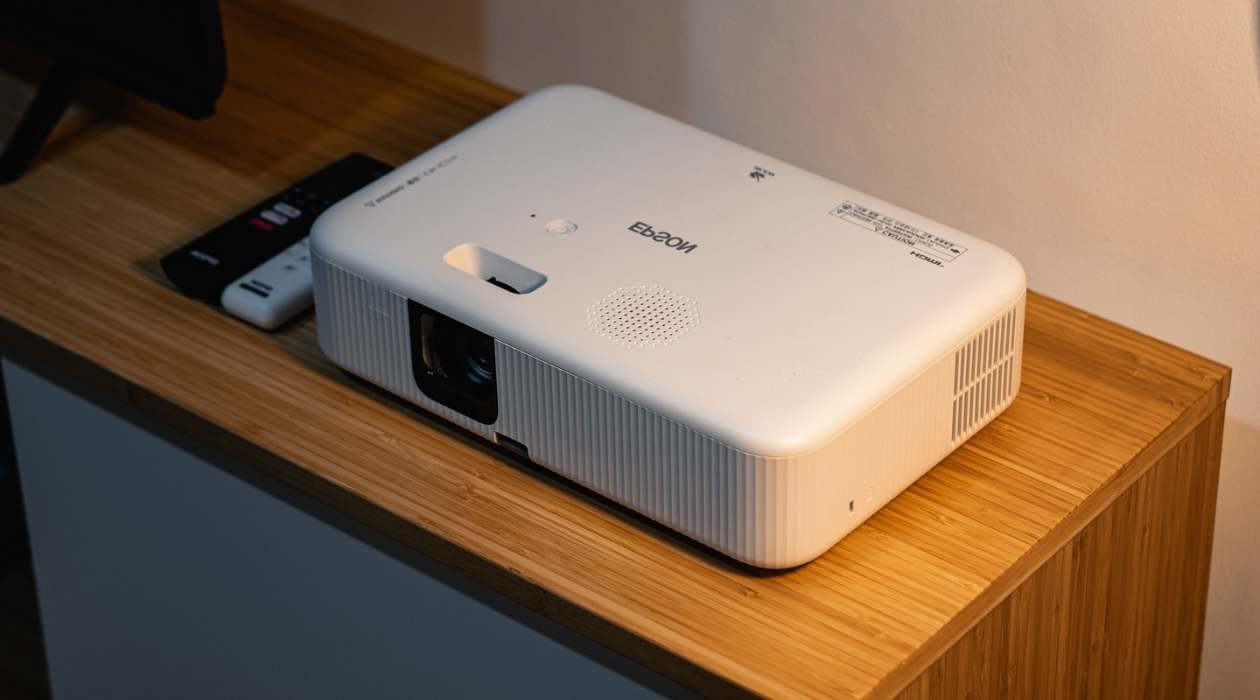


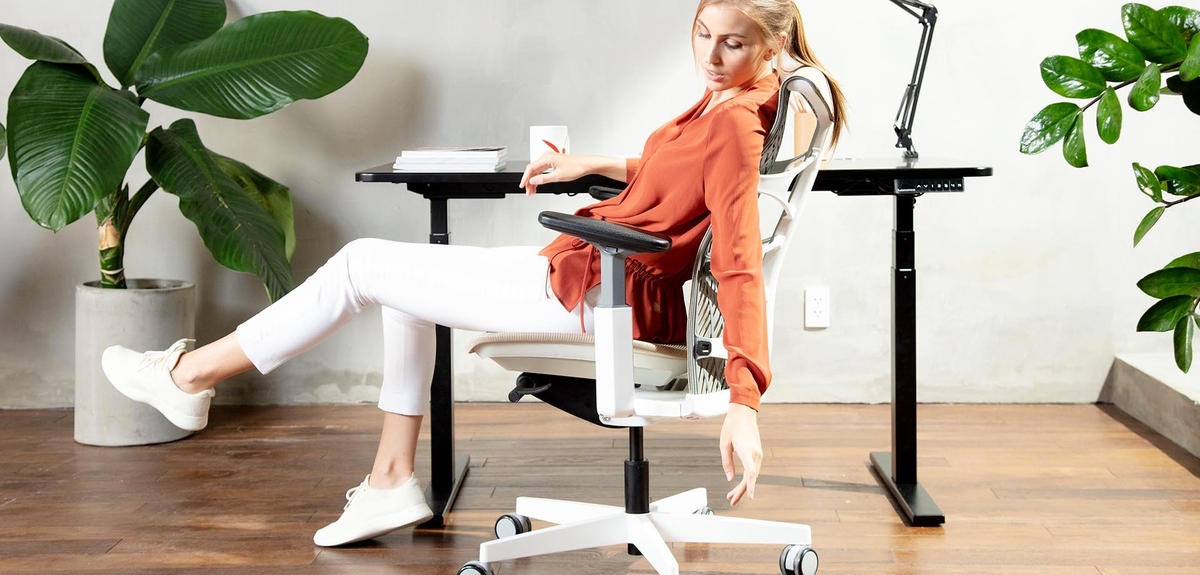
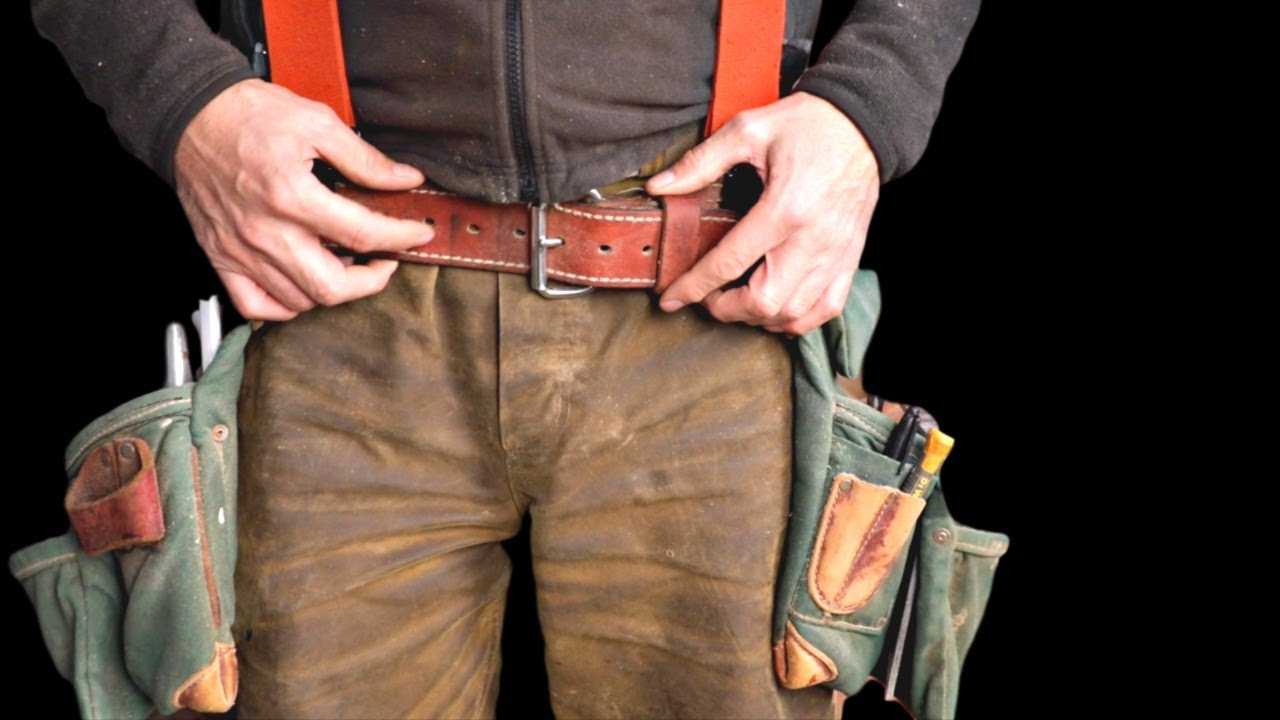
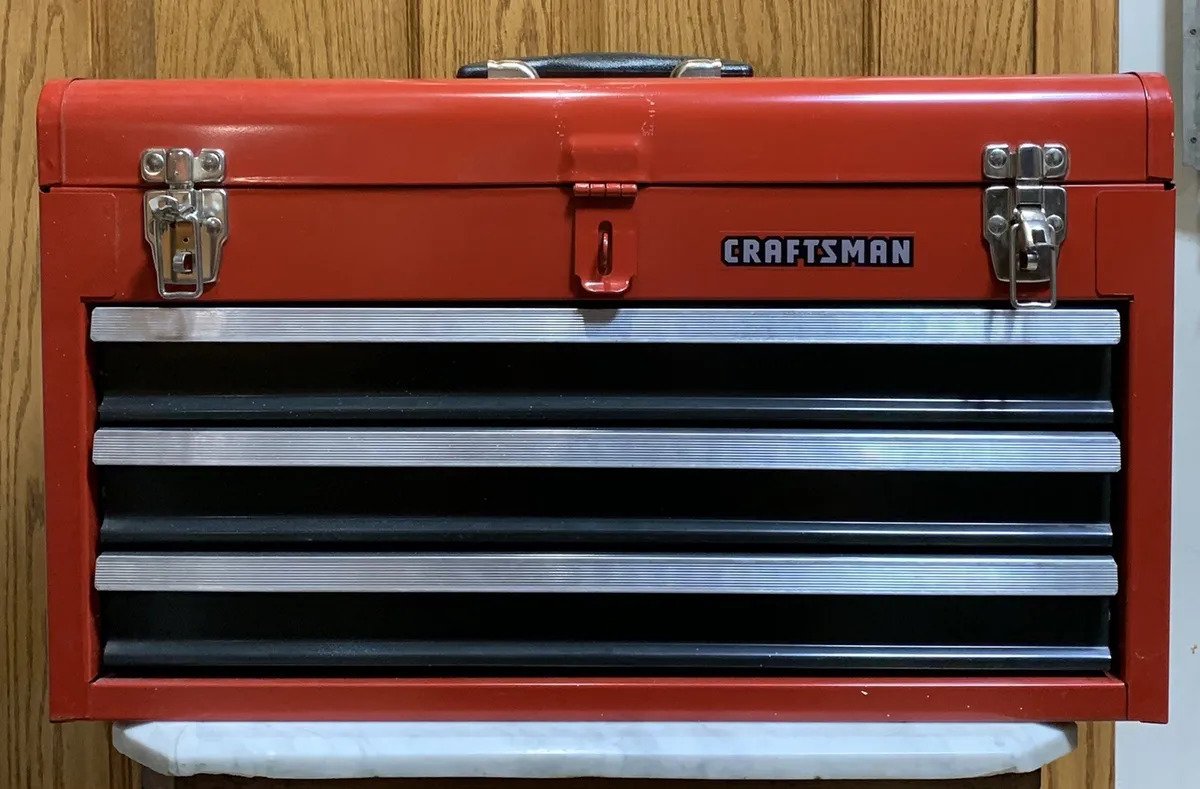
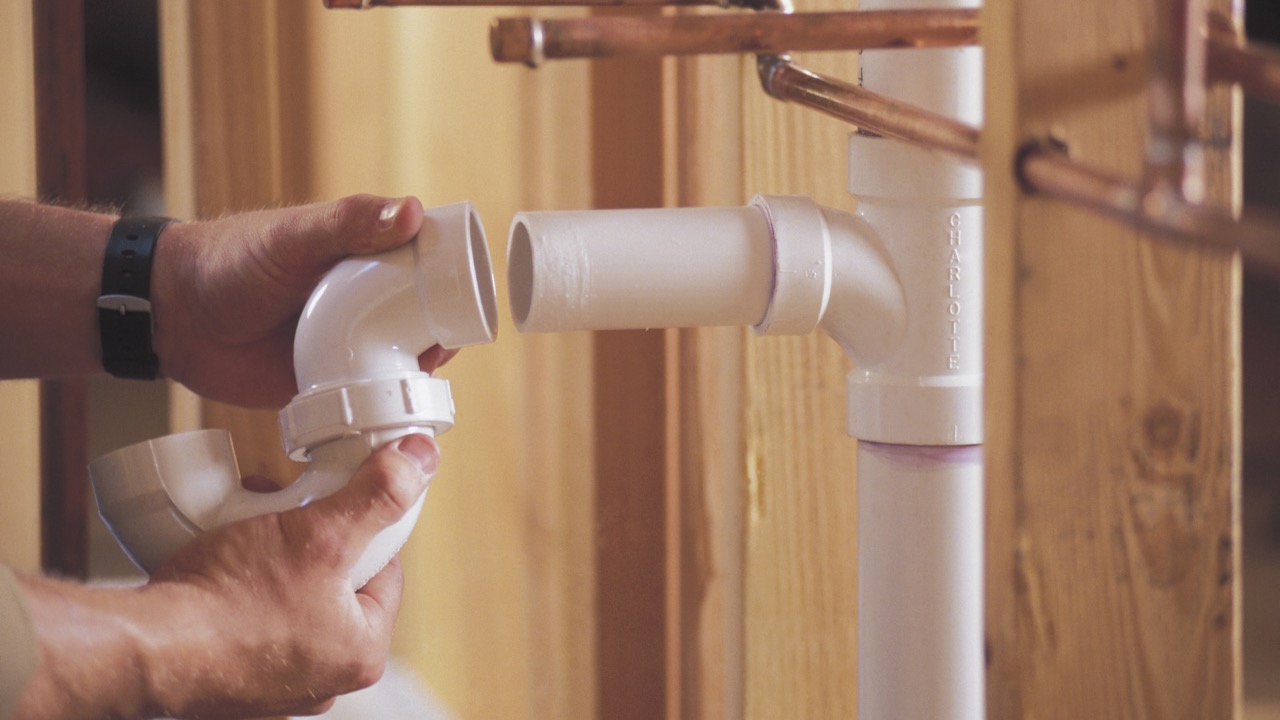
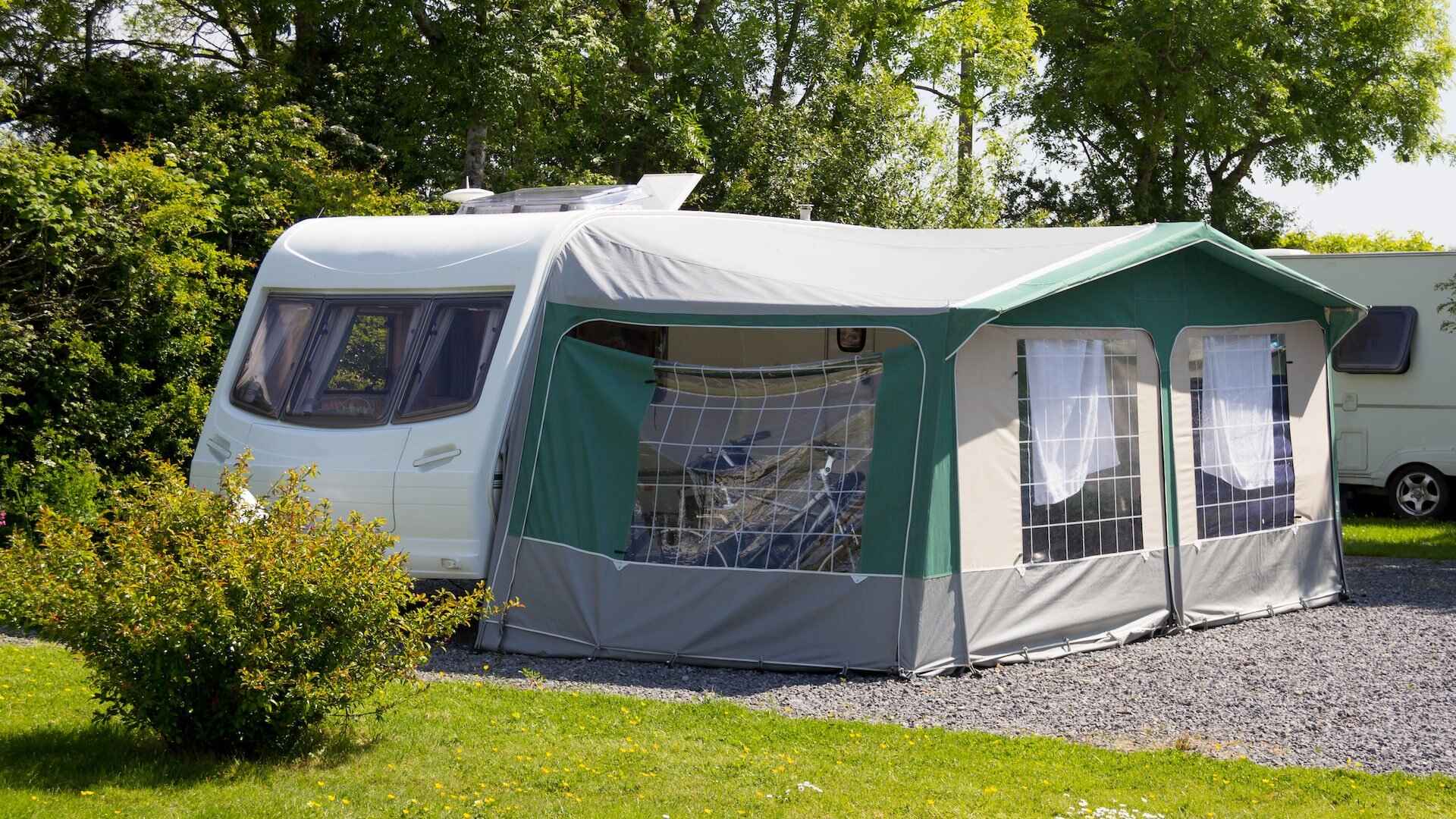
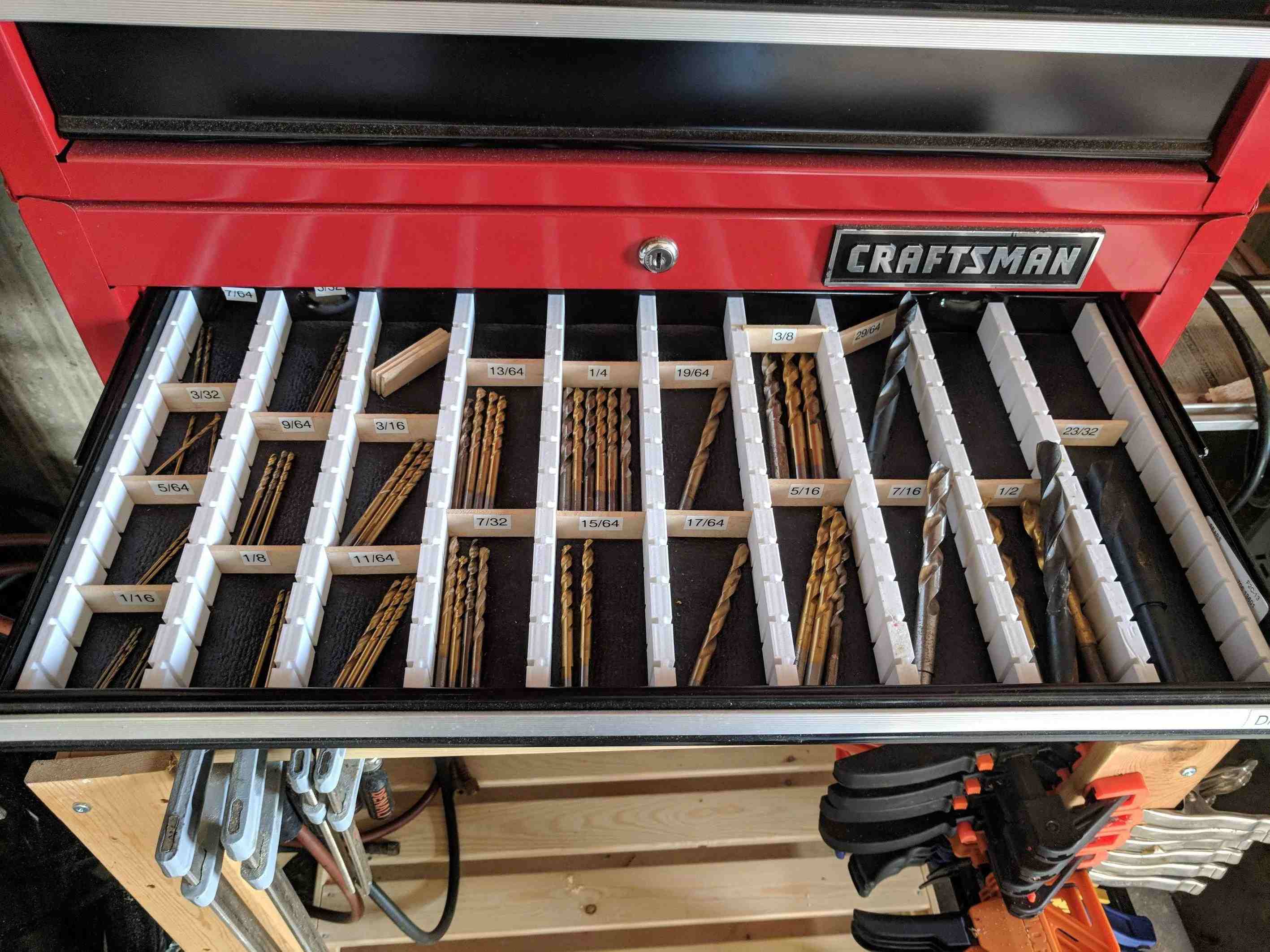
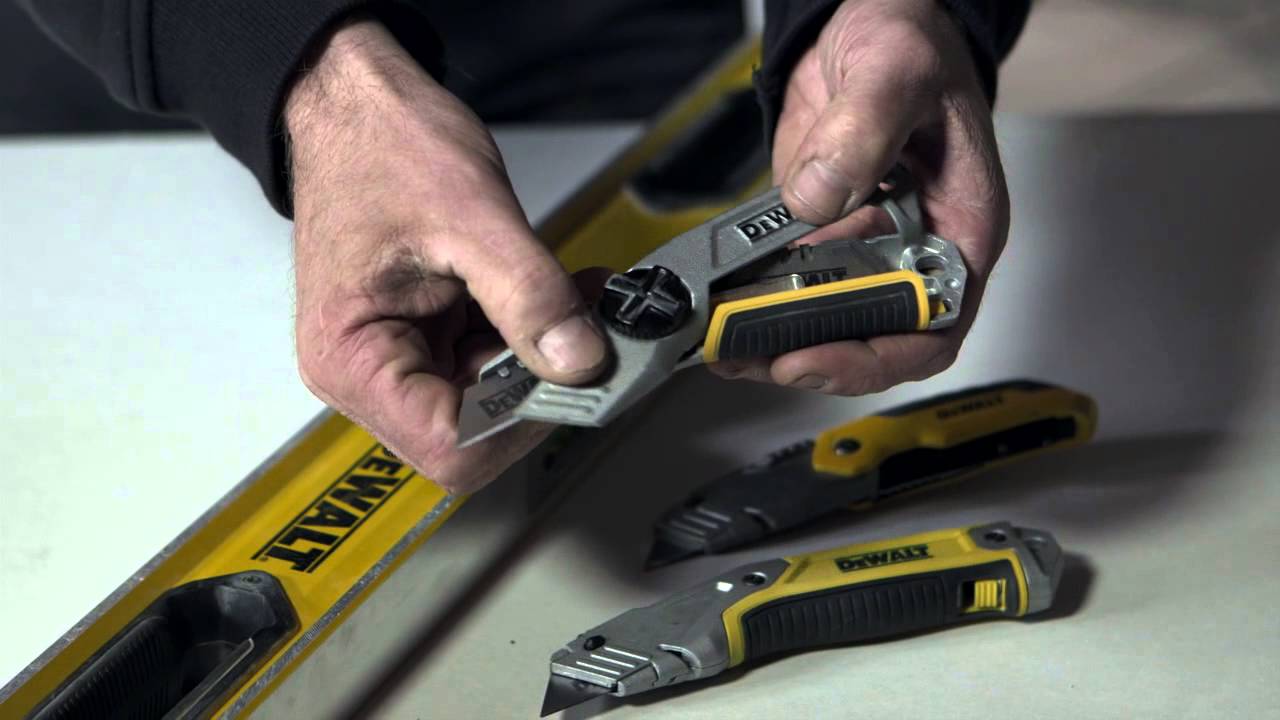

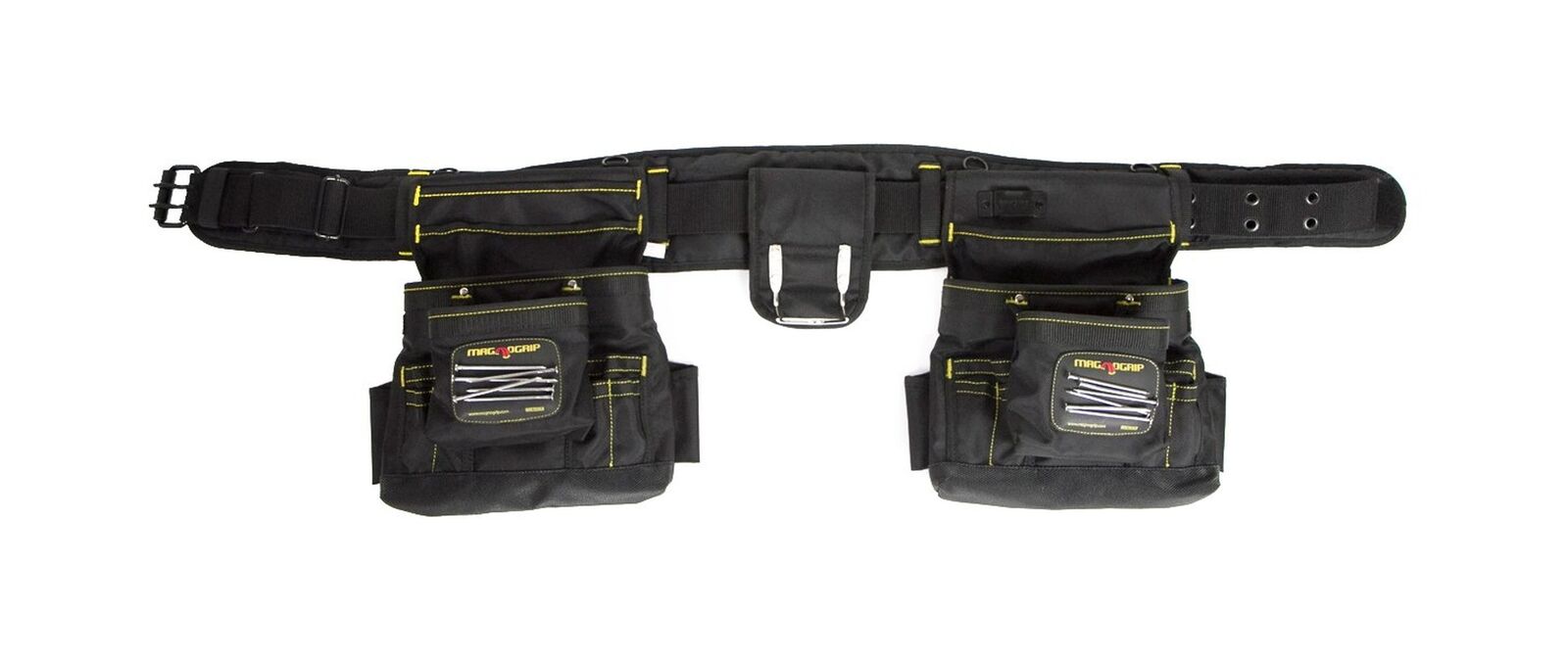

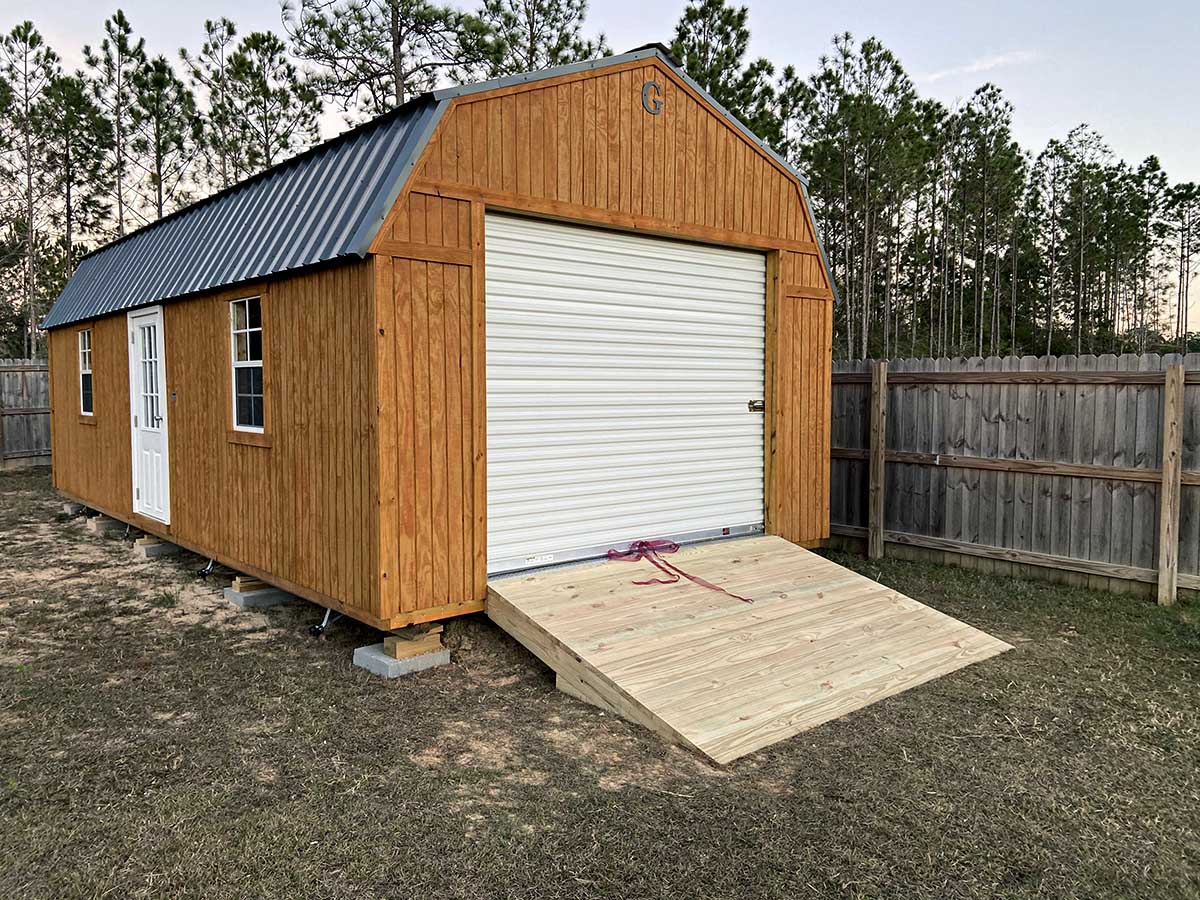

0 thoughts on “How To Adjust The Fit Of My New Tool Belt”